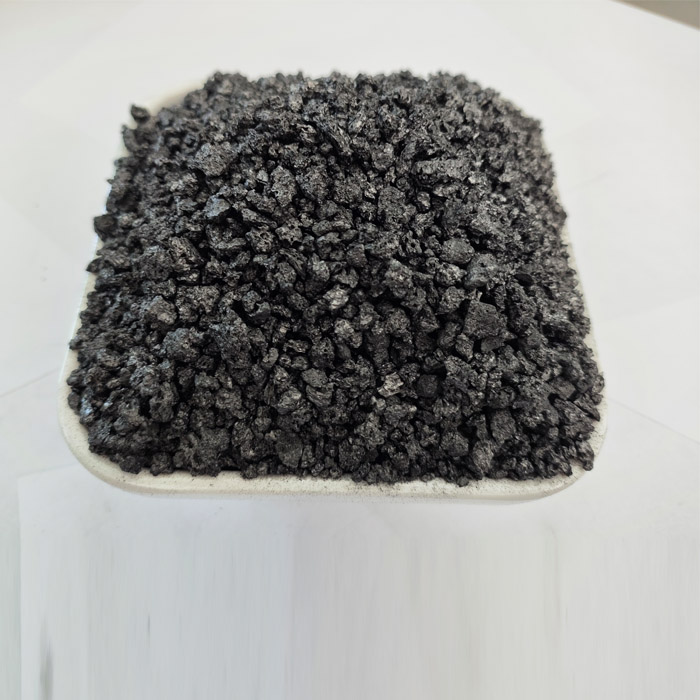Nov . 05, 2024 22:46 Back to list
Wire Rod Production Facilities and Their Impact on Manufacturing Efficiency
Understanding Wire Rod Factories Processes and Innovations
Wire rod factories play a crucial role in the production of wire rods, which are essential raw materials for a variety of industries, including construction, automotive, and manufacturing. These factories are specialized facilities that convert raw steel into wire rods through a series of sophisticated processes. Understanding the operations within wire rod factories is key to appreciating the significance of these products in the global market.
The Production Process
The production of wire rods begins with the melting of steel scrap or iron ore in electric arc furnaces (EAF) or basic oxygen furnaces (BOF). In an EAF, electric arcs heat the charge to around 1600 degrees Celsius. Once the material is molten, it is refined to eliminate impurities and adjusted to achieve desired chemical compositions. This is a critical step as the properties of the final wire rod—such as strength, ductility, and corrosion resistance—depend on these compositions.
After refining, the molten steel is cast into billets, which are semi-finished products. The billets are then reheated and passed through a series of rolling mills. This step is where the transformation into wire rods occurs the steel is rolled repeatedly under high pressure to reduce its diameter to the desired size, typically ranging from 5.5 mm to 12 mm. The final product is then coiled into spools, ready for dispatch.
Technological Advancements
Over the years, the wire rod manufacturing process has seen significant technological advancements. Modern factories utilize computer-controlled systems to enhance precision in rolling processes, ensuring consistent product quality and reducing material waste. The introduction of automation has also streamlined operations, leading to increased efficiency and lower production costs.
Moreover, advancements in metallurgy have enabled manufacturers to create steel with special properties. For instance, high-strength low-alloy (HSLA) steels are now commonly used in wire rods, allowing for lighter yet stronger materials in applications like automotive components and construction materials.
wire rod factories

Quality Control Measures
Quality control is paramount in wire rod production. Factories implement rigorous testing procedures to ensure that the wire rods meet industry standards. These include tensile testing, impact testing, and surface quality inspections. Advanced non-destructive testing (NDT) techniques, such as ultrasound testing and magnetic particle inspection, are also employed to detect any internal or surface defects without harming the product.
Additionally, many wire rod manufacturers adhere to international quality standards such as ISO 9001, which ensures that factories maintain consistent production practices and adhere to best practices in quality management.
Environmental Considerations
Wire rod factories are also increasingly focusing on sustainability. The steel industry is known for its environmental impact, particularly in terms of carbon emissions. Many factories have adopted green technologies and practices, such as using electric arc furnaces powered by renewable energy sources and recycling water used in production processes. The use of scrap steel not only reduces the need for virgin materials but also decreases energy consumption significantly.
Innovations in carbon capture and storage (CCS) technology are also being explored, aiming to reduce the carbon footprint of wire rod production even further. As global awareness regarding environmental issues grows, the steel industry is being called to implement more sustainable practices, and wire rod factories are no exception.
Conclusion
Wire rod factories are vital components of the manufacturing supply chain, providing the foundational materials necessary for various industries. Through advanced technology, rigorous quality control, and a commitment to sustainability, these facilities continue to evolve and adapt to meet the demands of the modern world. As we move towards a more sustainable future, the role of wire rod factories in the global economy will remain significant, driving innovation and efficiency in steel production.
-
Eco-Friendly Granule Covering Agent | Dust & Caking Control
NewsAug.06,2025
-
Fe-C Composite Pellets for BOF: High-Efficiency & Cost-Saving
NewsAug.05,2025
-
Premium Tundish Covering Agents Exporters | High Purity
NewsAug.04,2025
-
Fe-C Composite Pellets for BOF | Efficient & Economical
NewsAug.03,2025
-
Top Tundish Covering Agent Exporters | Premium Quality Solutions
NewsAug.02,2025
-
First Bauxite Exporters | AI-Optimized Supply
NewsAug.01,2025
